“Oni wa Soto Fuku wa Uti’’
Setsubun is a traditional event in Japan and it celebrates the end of winter and the beginning of spring. People take part in a traditional mame-maki ceremony. People throw roasted soybeans (mame) and shout ‘‘Oni wa Soto Fuku wa Uti’’ (Get out Ogre! Come in Happiness!) or,
Out with the devil in with the good luck.
There have been and still are, many dark winters, times of evil practices which initially are part of life, a given, cultural norms but there comes a time when we realize they are wrong, we see them for what they are. We understand the consequences, and make changes for the better. The worst of these practices of course was slavery, crudely put, the ownership of human energy.
Oil, black gold to some, is the current devil, which we seem to be enslaved to.
We know the detrimental consequences of both the extraction and use of oil, its effect on the health of our planet, the flora and fauna that inhabit it.
We also know the big oils, like the slave owners of the past, will fight for their cash cow. Through fair means or foul they will milk, they will squeeze, the last drop from our Mother Earth and, in dollar terms from you, me, all of us unless collectively we call for and take ownership of change.
“God Parity” gives us the opportunity to take ownership
“Spring” is here, it is a reality.
We know that through innovation and technical advances we no longer need to be enslaved to oil.
You have heard of “grid parity”?
It’s the term used to describe the point when electricity generated from rooftop solar panels is cheaper than power purchased from the grid.
Grid parity is seen to be highly disruptive because of the changes it causes to the energy industry, and the sudden empowerment of customers who are no longer just consumers, but pro-sumers. They don’t just have parity with the grid, but increasingly parity with the power companies themselves.
“God Parity” is when the cost of the network (transmission and distribution) is higher than the cost of rooftop solar generation.
In other words it means that even if the cost of coal-fired, gas-fired or hydro generation (or, for that matter, utility-scale solar or wind) were free, it would be too expensive to compete with rooftop solar.
“Overwhelming evidence points in one clear direction: the industrial age of energy and transportation will be over by 2030. Maybe before. Exponentially improving technologies such as solar, electric vehicles, and autonomous (self-driving) cars will disrupt and sweep away the energy and transportation industries as we know it. This disruption is inevitable and it will be swift.
This is the Clean Disruption of Energy
This is the Clean Disruption of Public and Private Transportation
This is a MUST WATCH After watching please like this Page and Share (scroll >>)
That time has arrived. Spring is nigh!
Yet we hold back, we don’t seek change, why?
Are we so weak minded that we are duped by propaganda? Are those with economic or political interests persuading us that the status quo is well?
Or is it our own attitudes; better the Devil we know than the Devil we don’t know, or is it a Devil-may-care attitude?
No, it’s just a matter of being informed? Understanding the issues the choices and their consequences? And making the right decissions, not based on the past, but on current and future technologies. Then we will welcome God Parity and recognize that spring has indeed arrived.
Take time to view the few videos, info-graphs and links below. Even take time to explore further.
Share this blog, join the subscribers to receive further blogs, click like and make comments add to the discussion.
Then may we all become pro active and confidently shout.
Oni wa Soto, Fuku wa Uti’’
Out with the devil, in with the good luck
in with the happiness.
PS: The Clean Disruption of Public and Private Transportation - Auckland speach can be seen here. It is almost the same presentation but a little difficult to hear. Try it if you like
Forbes on Exponential Rate of Change
Can You Handle an Exponential Rate of Change? John Kotter discusses...
"Anyone in the business world – even casual observers of it – knows that it’s currently experiencing a rapid rate of change. New companies spring up seemingly overnight. Products and services that were revolutionary two years ago are rendered obsolete if they don’t adapt to market changes fast enough.
Most leaders have some level of recognition that they can’t keep doing things the same way if they want to prosper in this environment. But many have learned a method of approaching change (change management) that simply doesn’t work when the changes get too big and the environment moves too fast. In the video below, I talk about how the rate of change will go up even more in the near future, and what leaders must learn to ensure their organizations aren’t left behind."
John Kotter is the chief innovation officer at Kotter International, a firm that helps leaders accelerate strategy implementation in their organizations. He is also the Konosuke Matsushita Professor of Leadership, Emeritus, at Harvard Business School. Click to view video
"Rate of change in the world today is going up. It’s going up fast, and it’s affecting organizations in a huge way."..
Why Tesla’s Powerwall Battery is amazing
Key Points – The BIG picture
• All of humanity just won
• Before the Powerwall (battery storage) there was no way to store the energy cleanly or efficiently
• The lowest capacity model will cost just $3000 (US).
• This is but the first generation of the product
• This is game-changing. More and more people will go completely off-grid
• The Tesla battery is smart
• It’s basically going to make each individual building its own power station for your HOME and CAR
Video Transcript
Introducing Project Sunroof-Google
Three Trends That Make Obama’s Clean Power Plan a Good Bet on the Future
Rocky Mountain Institute
Earlier today, the Obama administration issued its Clean Power Plan setting out a clear direction for greenhouse gas emissions reductions from the U.S. power sector. The plan, long under way and the subject of the most extensive consultations the EPA has ever undertaken, is a bold step to overcome congressional inaction to address climate change. In my view, although a federal cap and trade or carbon tax combined with strong efficiency regulations and measures to support renewables would have been preferable, the Clean Power Plan is a huge and important step in the right direction.
However, not everyone shares the arguments supporting the urgent need for this plan. Republicans, the fossil fuel industry, and coal-producing states argue that the plan will lead to a massive increase in electricity prices, that it will put the reliability of our electricity grid at risk, and that it will costs jobs and hurt the competitiveness of the U.S. economy. Nothing is further from the truth. This plan will help the U.S. embark on an energy transformation putting it on the path towards a clean, prosperous, and secure low-carbon future.
The pace of change in our energy system is rapidly accelerating. Three major trends are driving that change:
1) rapidly falling costs for renewables,
2) vehicle electrification, and
3) the explosion in big data and information technology (IT).
RAPIDLY FALLING COSTS FOR RENEWABLES
Over the past five years, we have seen a boom in solar resulting from the rapidly falling costs of PV modules. Solar photovoltaics have a learning curve of 24 percent, meaning that their costs come down by 24 percent every time installed capacity doubles. But solar is not the only clean energy technology that shows a pattern of such dramatic cost improvements. For onshore wind the rate is 14 percent, and for battery storage more recently the cost reduction trend appears to be above 20 percent. We often struggle to imagine the long-term impact of consistent compounding. With compounding reductions in costs, renewable technologies become cheaper year after year after year, and as a result their competitiveness vis-a-vis fossil fuels in the very near future is no longer in doubt.
VEHICLE ELECTRIFICATION TAKING HOLD
A second major trend is only just emerging but doing so rapidly. Electric cars are quickly becoming sexy and soon they will be cheap as well. Tesla’s next model—the forthcoming Model 3—promises to be as fast as a Porsche 911, with a range of 300 miles, and a cost of $35,000 but with very little in fuel and maintenance costs. And the trend is not just towards electrification. In fact, the breakthroughs under way in autonomous (self-driving) cars, integrated mobility-as-a-service concepts, and new business models in the shared economy are likely to have an even bigger impact on the automotive sector, moving us quickly away from gasoline-powered internal combustion engines.
AN IT-ENABLED ENERGY SYSTEM
The last trend may well be even more key. For a very long time, RMI has argued that our most-cost-effective energy resource is in fact energy efficiency. Efficiency is now being combined with big data and IT to make our energy demand not just leaner but also smarter. As we deploy IT to manage our energy demand, we will see massive opportunities to integrate renewables, smart appliances, and electricity-based HVAC technologies into intelligent and responsive electrical grids. This newly efficient and responsive demand system will be able to match to supply when it is available and if need be store energy when required.
A CLEAN ENERGY REVOLUTION
Together these three trends are setting off a profound energy revolution. When solar-generated electrons become ubiquitous, abundant, and cheap; are stored more easily; are driving a new mobility world; and are matched by smarter on-demand energy use, then economic competitiveness is no longer based on simply burning cheap fossil fuels, but rather on innovation, on the integration of the IT and energy arenas, and on the faster deployment of new integrated solutions at scale. This is in fact the energy future that the Clean Power Plan helps to bring about.
Loud protests that accelerating the transition to the energy technologies of the future will increase electricity bills will soon be recognized as a fallacy of the past. In fact, not only has the EPA estimated that the average household will spend $80 less under its plan, there are now two independent studies (from Georgia Tech and Synapse Energy Economics) that point in the same direction. Their findings are in line with RMI’s analysis in Reinventing Fire, which found that a clean energy future could yield a $5 trillion net present value savings.
Now of course, if your bottom line, your current job, or your PAC contributions depend on carrying on with the fossil-fuel-based technologies of the past, then this is not an appealing outlook. In fact, you can see why some would want to oppose the shift to a better, cleaner, and more-cost-effective energy future. But what that perspective ignores is the long-term impact on competitiveness of sticking too long with outdated industries. In fact, Europe has made a massive bet that over the long run an energy-efficient, renewables-based future will be the winner.
And China is investing massively in positioning itself to be the leader of the solar, wind, and efficiency technologies of the future.
So we have a choice. We could extend the life expectancy of a fossil-based energy system that is rapidly loosing momentum, or we can bet on the future of a smart, efficient, and renewable future. The Clean Power Plan will undoubtedly turn out to be a crucial legacy when it comes to climate change. But equally important, one day we will also recognize the wisdom and courage of the Clean Power Plan for America’s economic competitiveness.
Jiang Mianheng addresses Thorium Energy Conference 2012
An informative discussion on China's aspirations to bring about change for the sake of Health of its people Energy Security and what is required to urbanise 400,000,000 people. Since this 2012 conference greater numbers (Dollars and personal) have been allocated to this Government lead project. The Thorium Energy Conference 2015 will be held in November 14 in Mumbai, India.



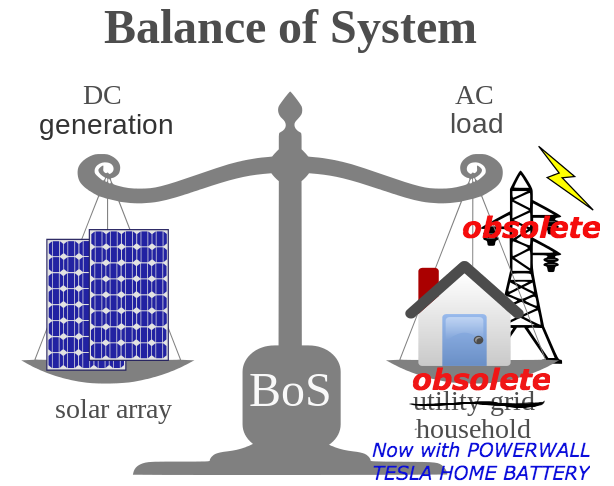

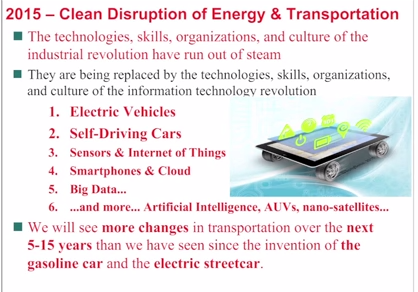





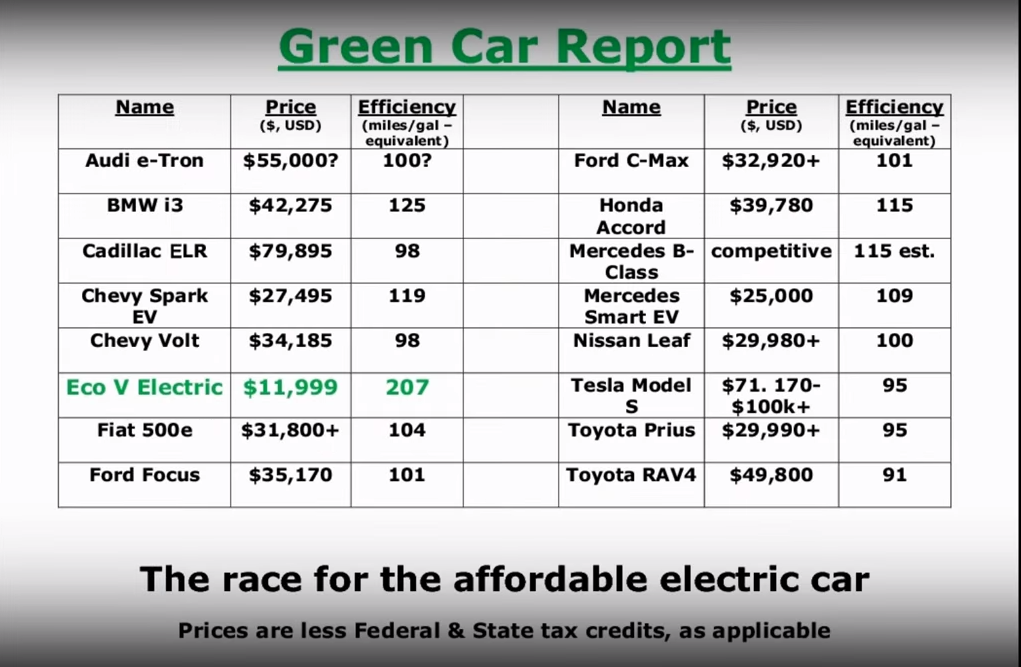
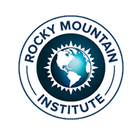
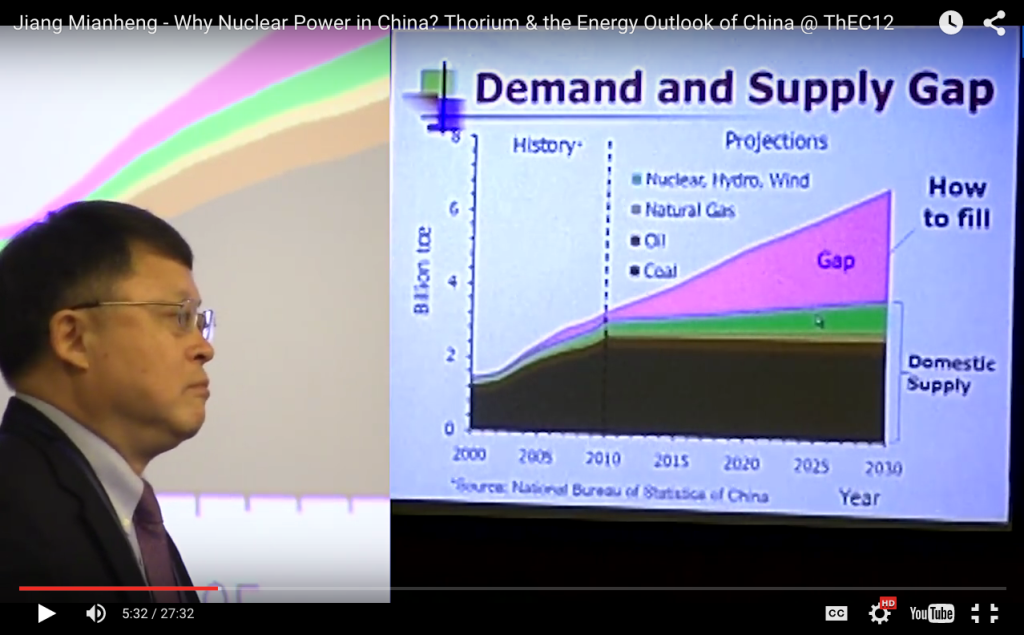
Very soon this site will be famous among all blog viewers, due to it’s good posts
Very interesting post, i think you can make travelersrestez.com go viral easily using one
tricky method. Just type in google:
Skelap’s Method To Go Viral
Hi, With your help that may be possible. Let’s share the information. It’s essential to keep abreast of just what is going on as it will effect us all much sooner than most think.
Thanks for you great comments. I’ll follow your advise.